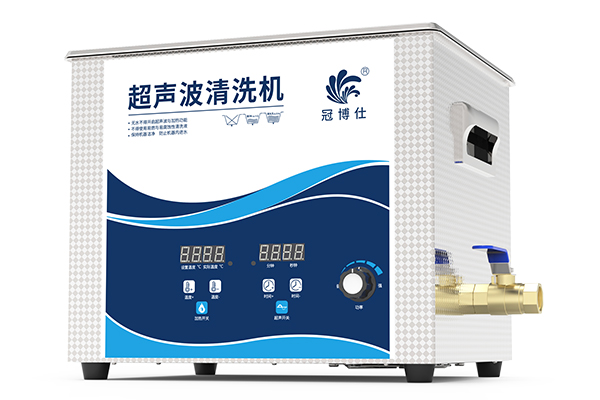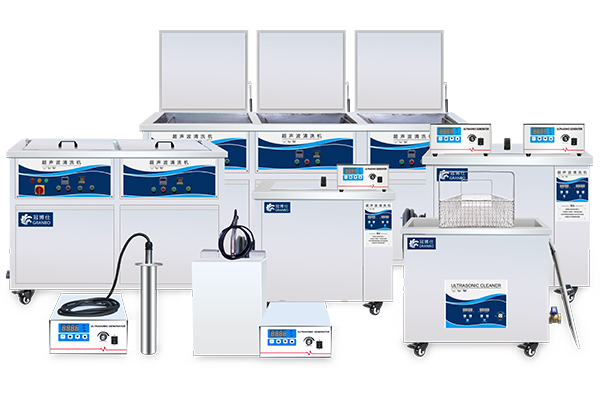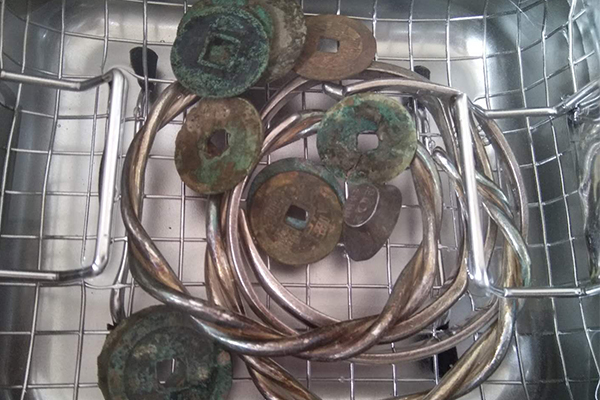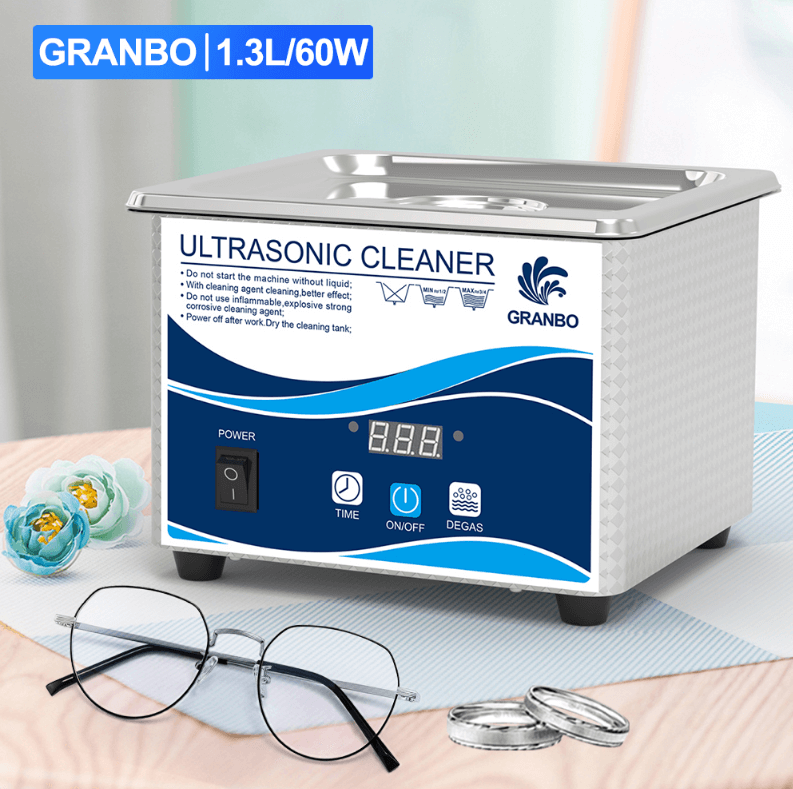Brighton jewelry has an undeniable charm. Whether it’s a bracelet gifted on a birthday, a pendant that commemorates a milestone, or a pair of earrings that finishes off your favorite outfit, Brighton pieces often carry not just style but sentimental value. The artistry is evident in their intricate patterns, mixed materials, and signature silver-plated finish. But with that beauty comes responsibility: keeping it clean and radiant without accidentally causing harm.
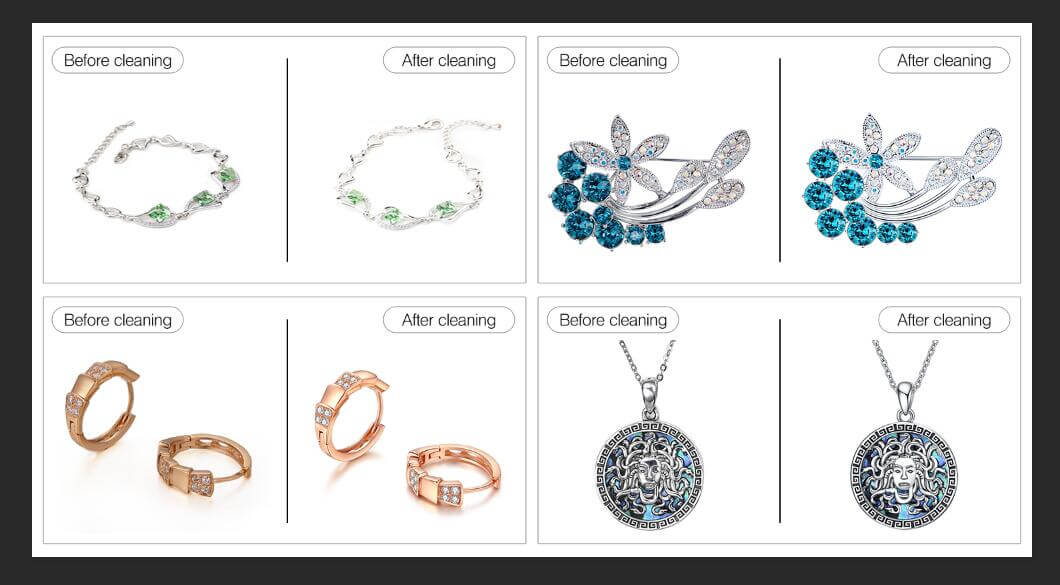
That brings us to the burning question many Brighton owners have asked: Can Brighton jewelry be cleaned in an ultrasonic cleaner? The promise of ultrasonic technology—effortless cleaning, even in the tiniest crevices—is tempting. But does it suit the unique composition of Brighton jewelry, or could it actually do more harm than good?
The Allure and Complexity of Brighton’s Design
Brighton jewelry stands out because it brings together various materials in a single piece. Unlike solid gold or platinum jewelry, Brighton’s signature aesthetic relies on combinations: a core alloy with a silver-plated finish, embellishments like Swarovski crystals, glass beads, enamels, and leather or textile details.
This diversity is precisely what makes ultrasonic cleaning tricky. While an ultrasonic bath can work wonders for certain materials—solid metals, hard gems—it can also spell disaster for layered or mixed-material items. Think of it like tossing a wool sweater and silk blouse into the same wash cycle as jeans. Each material needs something different, and treating them the same can lead to irreversible damage.
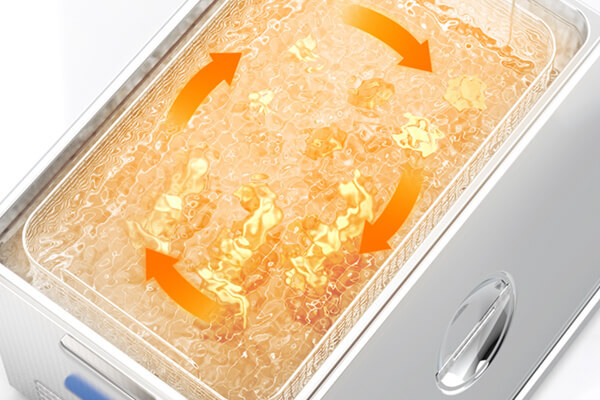
The Science of Ultrasonic Cleaning—A Double-Edged Sword
Ultrasonic cleaners use sound waves beyond human hearing to create microscopic bubbles in a cleaning solution. These bubbles collapse violently, creating localized pressure strong enough to dislodge grime from nooks and crannies.
This process, called cavitation, is highly effective. Jewelers love ultrasonic cleaners for solid gold bands, diamond rings, and similar robust items. But here’s the catch: the same force that removes stubborn dirt can also undermine adhesives, loosen prongs, damage delicate coatings, or roughen soft surfaces.
Silver plating is particularly vulnerable. Unlike solid silver, the plating on Brighton jewelry is a thin, decorative layer. Repeated exposure to ultrasonic cavitation can pit or peel this layer, dulling the shine and diminishing the value of the piece.
Leather and fabric components? They absorb moisture, warp, and lose their shape or strength. Crystals or beads attached with glue may loosen or fall off altogether.
What Brighton and Jewelers Recommend
Brighton’s official care guidelines are clear: ultrasonic cleaners are not recommended. Instead, they advise gentle, manual cleaning to protect the integrity of their designs.
This aligns with advice from the Gemological Institute of America (GIA) and the American Gem Society. According to GIA’s Jewelry Care Guidelines (2022), ultrasonic cleaning should be avoided for pieces containing silver plating, glued elements, leather, enamel, or porous stones. Brighton jewelry often ticks several of these risk categories at once.
Real-Life Lessons: When Ultrasonic Cleaning Goes Wrong
Let’s look at a real scenario. Sarah, a Brighton enthusiast from California, tried to clean her cherished Brighton locket—silver-plated with tiny crystals set in delicate bezels—in a home ultrasonic unit. After one cycle, she noticed tiny pits on the silver finish and, to her horror, two crystals missing. The locket, once her favorite, no longer sparkled the way it did.
Her story isn’t unique. Jewelers report similar outcomes: pitting, flaking, warped leather, and lost stones after ultrasonic use on mixed-material pieces like Brighton’s. The damage often outweighs the convenience.
Better Alternatives for Cleaning Brighton Jewelry
So, if ultrasonic cleaning isn’t suitable, what’s the best way to clean Brighton jewelry at home?
Start with a soft, lint-free cloth—like the kind used for eyeglasses. For pieces that need a deeper clean, create a gentle solution of warm water and a drop of mild dish soap. Dip a soft cloth or soft-bristle toothbrush into the solution and lightly clean the piece, avoiding excessive moisture on leather or fabric parts.
For silver plating, a specialized silver-polishing cloth can remove light tarnish. Be gentle—over-polishing can wear through the plating.
If the piece includes leather, avoid getting it wet. Instead, wipe gently with a barely damp cloth and condition the leather afterward using a product safe for jewelry accents.
When in doubt, or when dealing with severe tarnish or grime, a professional jeweler with experience in mixed-material pieces is your safest bet.
The Long-Term Care Plan: Protecting Your Investment
Cleaning is only part of the equation. How you store, handle, and wear your Brighton jewelry significantly affects its longevity.
- Storage: Use a soft pouch or lined box to prevent scratches and minimize exposure to air, which accelerates tarnishing.
- Wear: Remove jewelry before swimming, showering, or applying lotions, perfumes, or hair sprays. These can all dull finishes or weaken adhesives.
- Handling: Avoid dropping or banging pieces against hard surfaces—especially those with stones or crystals.
Treat your jewelry as you would any fine accessory: with care and intention.
Comparing Brighton to Other Jewelry Brands
It’s worth noting that Brighton is not alone in requiring gentle cleaning methods. Other brands known for mixed materials—like Pandora, Alex and Ani, or some costume jewelry lines—also caution against ultrasonic cleaning for similar reasons.
By contrast, solid gold or platinum pieces, diamond solitaires, and untreated sapphires or rubies tend to handle ultrasonic cleaning well. The difference lies in construction: solid metals and hard stones can take the cavitation; layered or glued components can’t.
Myth-Busting: Common Jewelry Cleaning Misconceptions
Let’s clear up some myths:
👉 Myth: Ultrasonic cleaners are safe for all jewelry because jewelers use them.
👉 Truth: Jewelers use them selectively. They assess materials first and often clean components separately.
👉 Myth: If a piece looks sturdy, it’s safe for ultrasonic cleaning.
👉 Truth: The danger is often hidden—glued stones, coated finishes, or thin plating that ultrasonic waves can damage.
👉 Myth: Tarnish means the piece is dirty and needs strong cleaning.
👉 Truth: Tarnish on silver (or silver plating) is a natural reaction with air and moisture. Gentle polishing, not aggressive cleaning, is the solution.
FAQs
Q: Can I use ultrasonic cleaning on Brighton earrings without crystals or leather?
If the earrings are purely metal and you’re sure they don’t contain glued parts or plating that’s wearing thin, they may withstand a single ultrasonic cleaning. But Brighton advises against it, and hand-cleaning remains safer.
Q: How can I tell if my Brighton piece has silver plating or solid silver?
Most Brighton jewelry is silver-plated over a base alloy. Very few pieces, if any, are solid silver. If in doubt, check Brighton’s product details or consult a jeweler.
Q: What’s the safest home method for Brighton cleaning?
Mild soapy water, a soft cloth, or a soft toothbrush for crevices. Dry immediately and thoroughly. Use silver-polishing cloths for light tarnish.
Q: My Brighton piece looks dull after years of wear—what can I do?
Take it to a professional jeweler. They can assess whether gentle professional cleaning or careful re-plating is the best path forward.
Final Thoughts
Ultrasonic cleaners are powerful tools—but like any tool, they must match the task. For Brighton jewelry, whose charm lies in its mix of delicate, layered, and often organic materials, ultrasonic cleaning introduces too much risk for too little gain. The gentler route—manual cleaning with care—keeps your pieces beautiful and intact.
By understanding what makes Brighton jewelry special and fragile, you can ensure that your treasured pieces continue to bring joy, not regret, every time you wear them.

